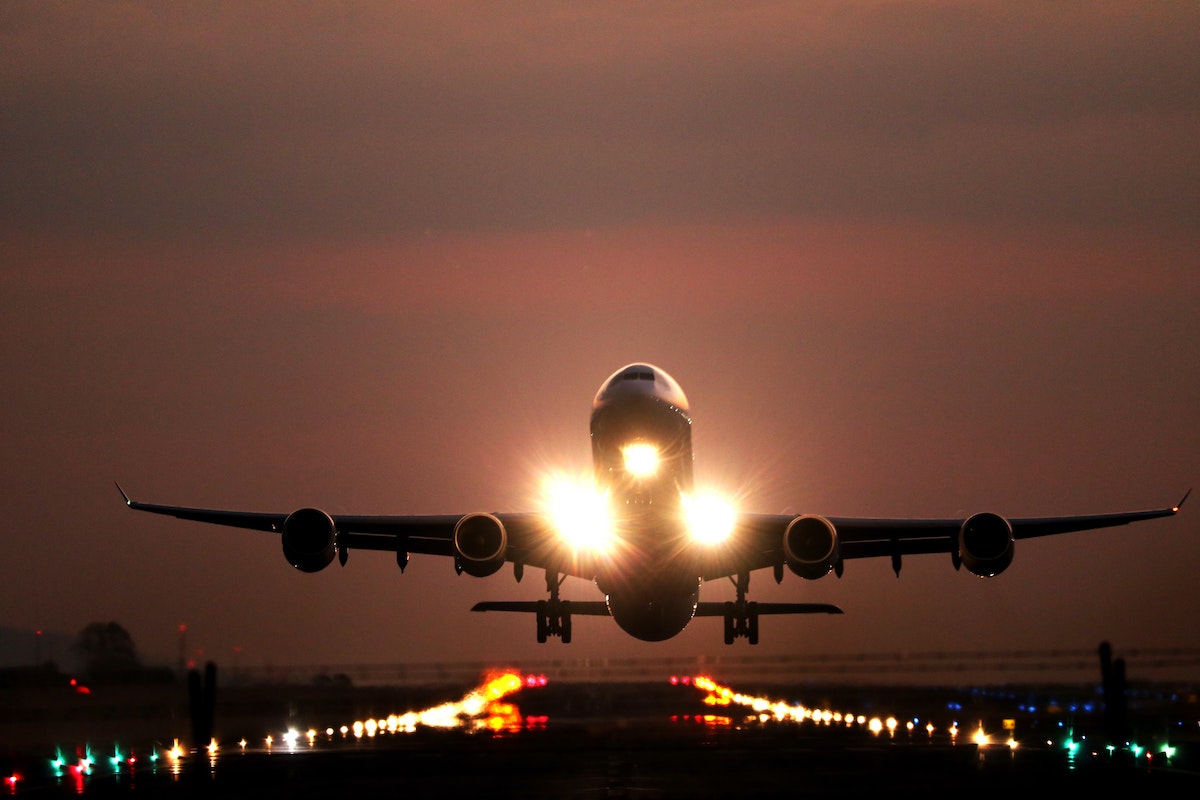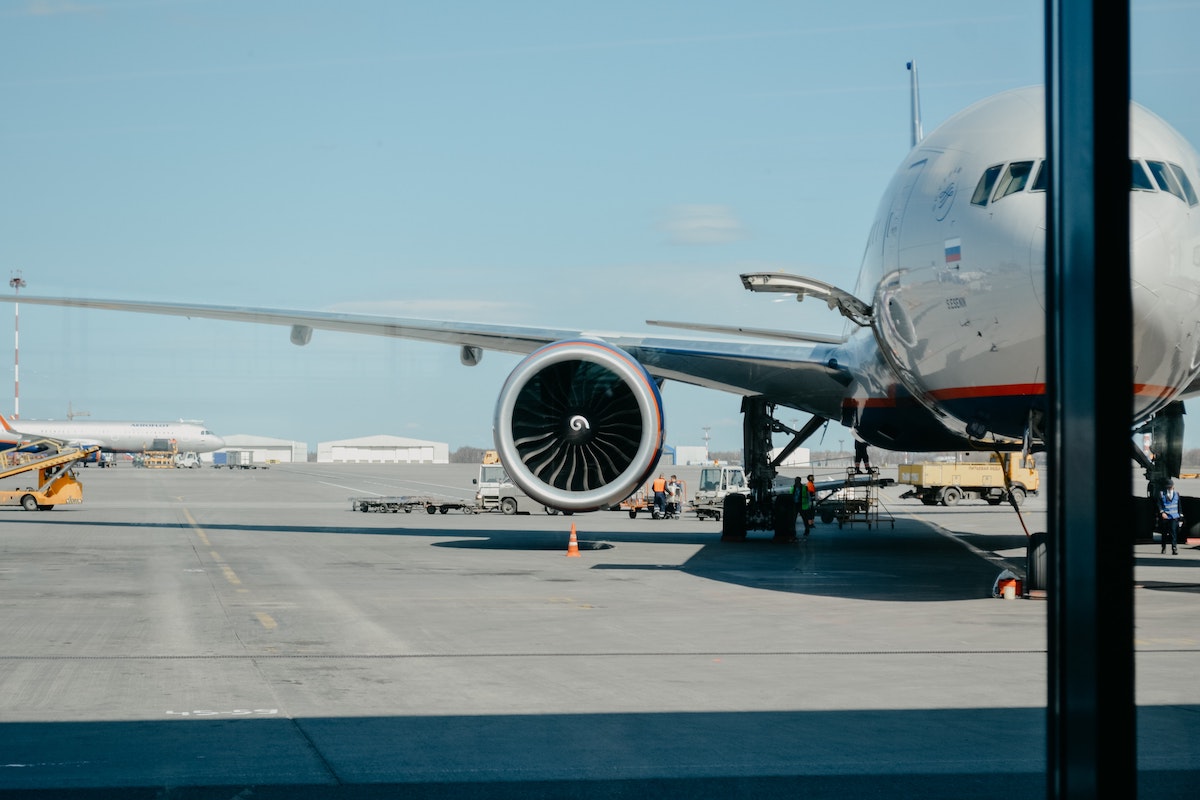Traveling By Plane | Its Toll On The Environment
Summer is here, and with it, the desire to travel again after a tough of year of restrictions and lockdowns. But we must not forget the impact that traveling has on the environment. How can we approach traveling by plane in a more sustainable way?
To receive the Luxiders newsletter, sign up here.
The past twelve months have brought record-high temperatures and wildfires on the US west coast, as well as record-breaking hurricanes in the Atlantic Ocean; and floodings in Europe that caused many casualties. Just last weekend, a 7.2 magnitude Earthquake in Haiti left over 300 victims. Climate change is having already devastating effects. Among the many activities that contribute to the degradation of the environment, the tourism industry is one of the biggest: it is forecasted that by 2030, the tourism Industry will be responsible of 5,3% man-made CO2 emissions. A pillar for tourism has the advance of aviation, and the facilities that people have today to make travel easier, by taking a plane. Voyages that were unthinkable in a not-so-long ago past, are now easy to make.
According to the International Civil Aviation Organization (ICAO), in 2016 there were 3.7 billion global air passengers; and every year since 2009 there has been a new record-breaker. By 2035, the International Air Transport Association (IATA) predicts a rise to 7.2 billion. Like planes, the number of passengers keep going up. Considering the damage that traveling by plane does to the environment right now, it is time we reflect on it.

THE AVIATION ISSUE
Estimations made by the Air Transport Action Group suggest that the aviation industry is responsible for around 2% of all human-induced of CO2 emissions; and 12% of the emissions from transport sources. But, those are not the only emissions that have worrying effects for the environment: Nitrogen oxides (NOx), water vapor, particulates, contrails and cirrus changes also contribute to global warming.
A study published in the journal Global Environmental Change, shows that just 1% of the world’s population was responsible for half of the global aviation industry’s emissions in 2018. The study collated data from all over the world to examine the climate impact of frequent flyers. The research found that out of all rich countries, the U.S. passengers have the biggest aviation carbon footprint, more than the next 10 countries on the list combined. Moreover, when looking at the regions with the highest carbon emissions, the research revealed the inequality between the Global North and the Global South. On average, North Americans flew 50-times more km than Africans; and Europeans flew 25-times more than Africans, and 5-times more than Asians.
SOME COMPANIES RESPOND
In April this year, Ryanair announced that they are planning to power 12.5% of its flights with sustainable aviation fuels by 2030. Sustainable fuels produce up to 70% less carbon than fossil fuels, giving airlines a chance to become more sustainable while continuing to fly. "As Europe's largest airline, we have a responsibility to minimise our impact on the environment," the airline's Director of Sustainability Thomas Fowler said in a statement. Ryanairs’ announcement came after British Airways pledged to using sustainable fuels on 10% of their flights. The aviation giant Boeing, committed earlier this year to deliver commercial airplanes that are ready to fly on 100% sustainable fuels by 2030.
"Our industry and customers are committed to addressing climate change, and sustainable aviation fuels are the safest and most measurable solution to reduce aviation carbon emissions in the coming decades," said Boeing Commercial Airplanes President and CEO Stan Deal.

DO WE REALLY NEED TO FLIGHT AS MUCH AS WE DO?
During the pandemic, we have found interesting and effective solutions. Instead of traveling for work, we have seen the surge of a variety of options that took meetings online. Instead of conferences, we have seen e-conferences. Even the fashion events have turned to digital-only, enabling people from all around the world to see something that in another situation would have not been possible. Other methods of transportation are also better than airplanes, like trains or cars. It is understandable, that there are some occasions in which digital platforms are not enough; or there is a need to travel (maybe overseas). When facing that dilemma, we suggest you to read How to travel responsibly; where we explain to you ways on carbon offsetting your CO2 emissions when traveling.

+ Words: Leila Salinas, Luxiders Magazine
Journalist | Berlin-based
Connect with her on LinkedIn or Instagram (@leisalinas)




